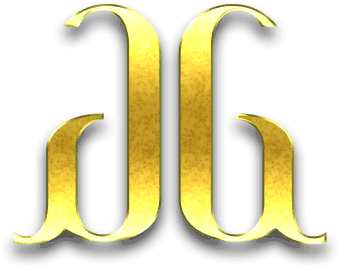Asian Rhinoplasty Beverly Hills
The American Academy for Facial Plastic and Reconstructive Surgery reported that a quarter of plastic surgeons saw an increased number of Asian patients in 2011, and that 35 percent of Asian patients opted for rhinoplasty. Asian rhinoplasty requires special specialization in building up the nose, and this requires the skill and experience of a rhinoplasty specialist. Dr. Ashkan Ghavami possesses the skill and vision to shape these nasal types. He frequently works with his Asian rhinoplasty patients to refine the nose without completely changing their unique appearance and racial identity. Of note, this patient ethnic group tends to be very private about their procedure, and more images are available to view off-line in the privacy of our office setting.
View Dr. Ghavami’s Rhinoplasty photo gallery here
Asian Rhinoplasty Candidates
There are variations amongst Asian sub-groups (e.g., Japanese, Korean, Chinese), but Dr. Ghavami’s Beverly Hills Asian rhinoplasty candidates in general have short noses, weak cartilage frame, wide tips and nostrils, as well as a flat bridge. It’s common for Asian rhinoplasty candidates to have low bridges and complain that their eyeglasses easily slip down their nose. Candidates also tend to have less-defined, more bulbous nasal tips and either insufficient tip projection (does not point outward enough) or an over-rotated tip (points up too much). When the nose appears too short, then there is too much “nostril show.” This requires elongation of the overall nose as well as the alar (nostril) rim. Specialized cartilage grafts placed meticulously are required. The nostrils may be very round and look flared. Many Asian patients desire a more tear drop or elongated nostril appearance.
Asian rhinoplasty candidates may also seek rhinoplasty to correct a breathing issue or a structural deformity via septoplasty and turbinoplasty or turbinectomy. Dr. Ghavami will perform a functional rhinoplasty on these candidates to improve their breathing and fix the underlying structure of the nose.
The Asian Rhinoplasty Procedure
In the majority of his Asian rhinoplasty procedures, Dr. Ghavami’s primary objective is to build up the nose and make it look more prominent, elongated, and more refined. He gives the bridge some height so that glasses can rest comfortably upon it. In addition, a taller nasal bridge allows the eyes to reveal their beauty better as the overall nasal-facial harmony improves. Dr. Ghavami may use an implant (silicone) or the patient’s own cartilage to achieve this (preferred). The cartilage may be taken from the patient’s septum, ear(s), or rib. Dr. Ghavami does not believe that L-Shaped silicone implants or any silicone implants should be placed near the tip and prefers only to use cartilage in this area. While a dorsal (bridge) implant can be safely used for bridge augmentation, once again, cartilage is preferable.
The tip of the nose is usually refined and sharpened during Asian rhinoplasty. Dr. Ghavami may improve or increase the projection of the tip. He may also narrow or lower the nostrils as indicated. All these maneuvers require care and detail in custom shaping of grafts as well as knowledge in all nasal types.
The goal is not to make the Asian patient look more American or to downplay their ethnic appearance, but rather to subtly refine the features so the patient feels more comfortable and confident. Many patients bring in photos of models in Asian media and magazines.
Schedule Your Consultation Today
If you would like to learn more about Asian rhinoplasty in Beverly Hills, please contact Dr. Ashkan Ghavami’s office to set up a surgical consultation. Call or email us today.
Dr. Ghavami has worked extensively with different ethnicities and helped these patients achieve their aesthetic goals. In addition to Asian rhinoplasty he offers African American rhinoplasty, Middle Eastern rhinoplasty, Hispanic rhinoplasty and Anglo-Caucasian rhinoplasty.









